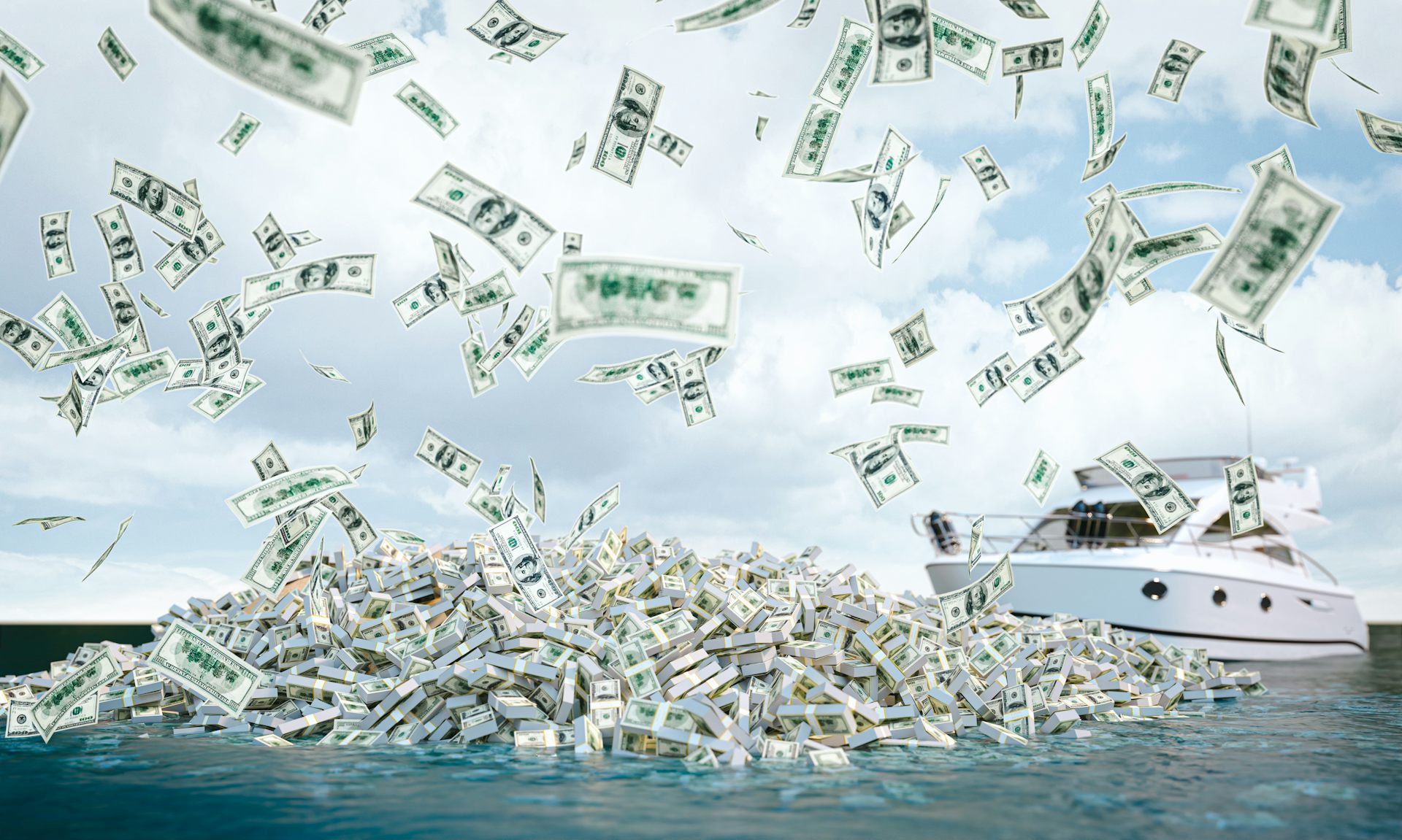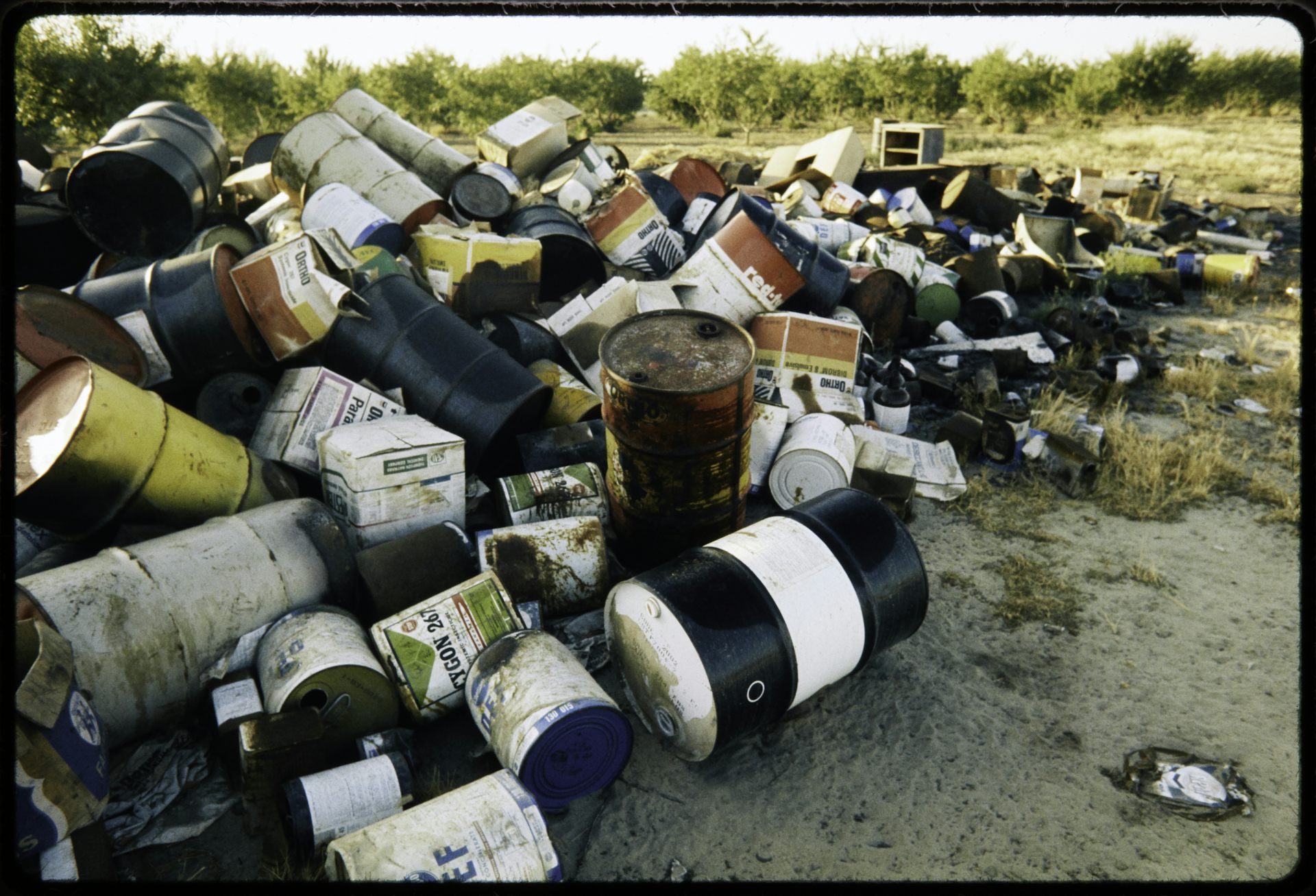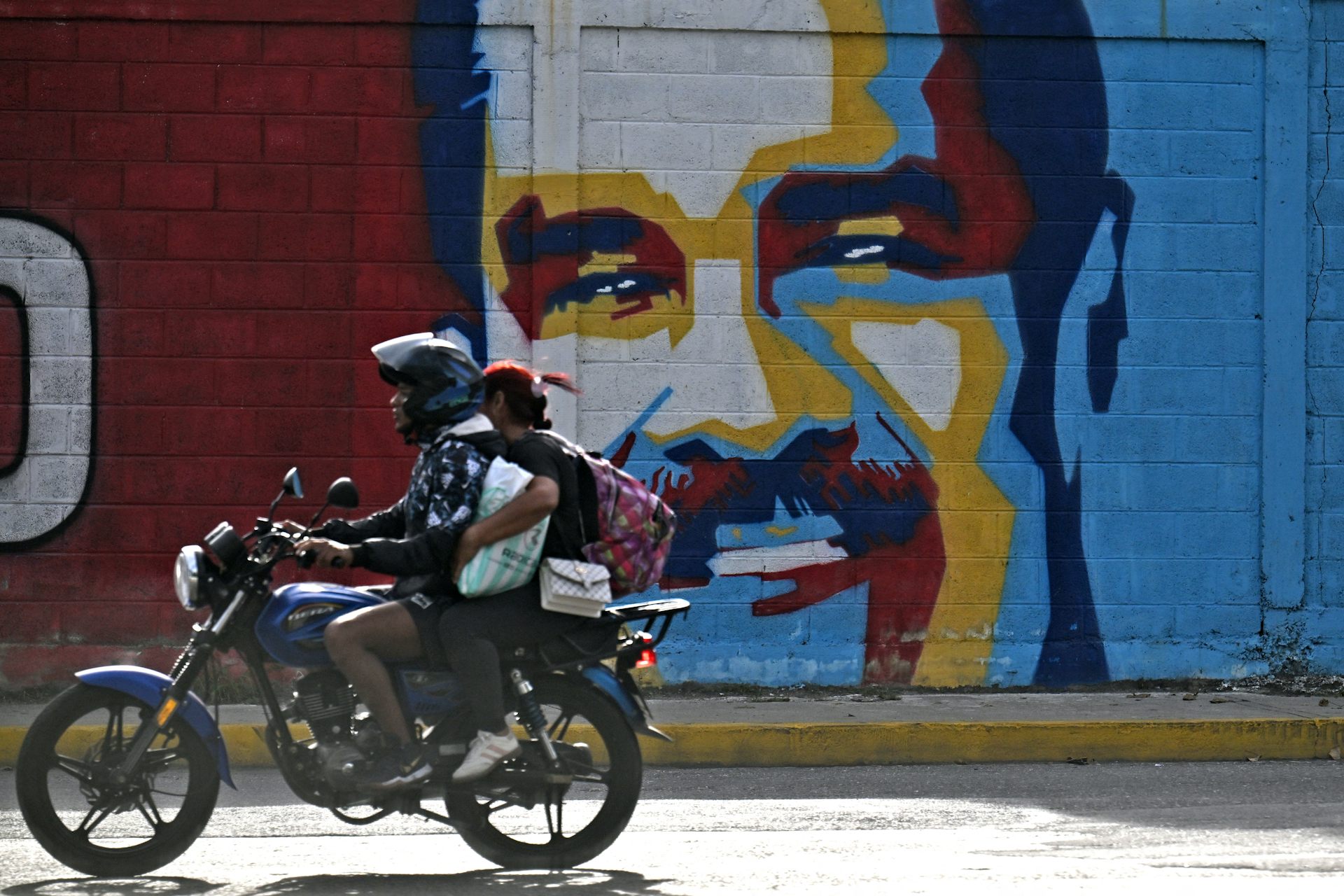A straight face, with a wink – the subtle humor of deadpan photography
Photography possesses a certain built-in bluntness that can lend itself to images that are destabilizing and dryly funny.

Deadpan is not so much a type of joke as a mode of delivery, a manner of address to an audience that often provokes nervous laughter.
Comedian Nathan Fielder’s persona is marked by deadpan. In his hit HBO comedy series “The Rehearsal,” he maintains a blank facial expression as he listens to contestants fumble their auditions for “Wings of Voice,” his fake reality singing competition. He takes the task of donning the guise of an adult-size infant very seriously, in order to relive the childhood of heroic pilot Sully Sullenberger. His voice is steady and monotone as he converses with a male pilot who cluelessly describes the egregious behavior he’s displayed toward women colleagues.
What makes deadpan feel so off, so destabilizing, so dryly funny?
One reason is that performers – particularly comedians – are expected to be expressive and over the top, or even hint to the audience that they’re supposed to chuckle, similar to a sitcom laugh track.
As I recently organized an exhibition on photography’s relationship to humor, I found myself thinking about how deadpan works in photography. A still, deadpan image might seem like a paradox: Don’t you need a real, live performance? But exploring how photographers have deployed deadpan sheds light on just how powerful and incisive this form of humor can be.
Are you not entertained?
“Pan” was slang for “face” in the 19th century. The genre of deadpan humor was popularized in movies by actor Buster Keaton, whose expressionless, blunt and stilted presence before the camera inspired his nickname, “the Great Stone Face.”
Sprung upon an audience, deadpan can yield a reaction that reveals what philosopher Ted Cohen has described as the “conditional” nature of humor – that it plays into assumptions, expectations and prior knowledge precisely to disrupt them.
Puzzled by the unmet promise of a clear emotion or narrative, the audience laughs uncomfortably at their own bewilderment. The performer’s restraint registers as absurd.
The opposite of postcard perfect
As a medium, photography has historically been burdened by debates over its ability to convey ideas or expression. To early critics, a photograph seemed “mechanical” because it appeared only to reproduce the world, rather than express something new. Compared to drawing or painting, they reasoned, the camera could merely copy.
But I would argue that for these very reasons, photography is a rich lens to explore how deadpan works visually. In photography, deadpan doesn’t even need to involve people.
Take the work of Californian photographer Henry Wessel Jr. Known for his decades-long documentation of everyday life in California, Wessel was one of 10 photographers featured in the watershed 1975 exhibition “New Topographics” at the George Eastman Museum in Rochester, New York, which trained a lens on landscapes altered by humans rather than nature alone – think gas stations, parking lots and tract homes instead of national parks.
Yet the shift Wessel and the other photographers initiated did not simply concern subject matter, but the manner in which they presented it: coolly, at least by the standards of iconic landscape. Previously, photographers such as Ansel Adams had infused their pictures with drama and contrast to provoke the same reverence that they felt toward nature’s beauty. Museumgoers were accustomed to seeing these kinds of landscapes: picturesque and sublime, featuring sprawling mountain ranges and billowing clouds rendered in dramatic tonal ranges.
By contrast, Wessel photographed suburbia in the American West – and with irreverent affection. He composed his images with mock casualness and printed in a narrow tonal range, as if yielding to the leveling quality of the bright sunlight on the stucco and concrete.
This was puzzling; Wessel’s pictures seemed worlds away from fine art landscape photography. They resisted awe and transcendence in favor of dry bemusement. By 1970s standards, his subject matter and aesthetic were equivalents of deadpan’s monotone. Who in their right mind would make the effort to take such a plain picture of a humdrum house?
Yet by adopting this style, Wessel encouraged audiences to pay greater attention to their immediate surroundings: to read front porches, carports and landscaping as evidence of people’s lifestyles and values. His photographs demonstrate the wealth of information that lurks in the mundane.
Why so serious?
Other photographers have marshaled deadpan to explore themes of identity and belonging.
Tseng Kwong Chi was a prominent personality in the East Village art scene in the 1980s and a friend of pop artist Keith Haring. In his landmark series of proto-selfies, “East Meets West,” the Hong Kong-born artist used a funny personal experience as the point of departure.
Dining at Windows on the World, the restaurant atop the North Tower of the World Trade Center, Tseng decided to wear a Zhongshan suit, or “Mao suit,” as it was known in the West, due to its association with the former Chinese leader Mao Zedong.
The restaurant’s staff treated him as a dignitary, inspiring Tseng to embark upon what ultimately became over 100 self-portraits in which he appeared in this guise of an “ambiguous ambassador.” In the series, Tseng appears in front of popular tourist destinations – Disneyland, Mount Rushmore, Cape Canaveral, Paramount Studios – but never cracks a smile. Goofy hams it up for the camera as Tseng’s suit and serious expression subvert the conventions of tourist snapshots.
In doing so, “East Meets West” deploys deadpan to tell a broader story about the search for belonging as an immigrant and a queer person of color.
Similarly, in his series “Entering Zig’s Indian Reservation,” Zig Jackson adopts a caricature-like persona to both mock and resist Native American stereotypes.
Jackson was the first member of his family to leave their reservation in North Dakota. He spent time in various western states before enrolling as a photography student at the San Francisco Art Institute in the early 1990s.
Early in his time there, as he went for a jog in the city’s sprawling Golden Gate Park, he heard grunting bison from the nearby paddock, a beloved San Francisco landmark since 1892. Jackson felt simultaneously at home and homesick, like he was “among relatives.”
Wearing a war bonnet, or feathered headdress – an item of regalia that is often appropriated by white people “playing Indian” – he returned to the site to “claim the buffalo as my own,” as he explained to me in an email.
In the image, Jackson meets the camera with an expressionless gaze, sitting next to a sign he made to mark his fictive reservation. This and other works from this series are deadpan: Jackson’s headdress registers as jarring with his street clothes, and the rules spelled out on the sign – including “NO PICTURE TAKING” and “NEW AGERS PROHIBITED” – read as tongue in cheek. But the photographs are also melancholy visualizations of feeling out of place.
The matter with fact
Sometimes I find myself wondering whether photography itself is inherently deadpan. It possesses a built-in bluntness that registers as absurd or confusing in certain contexts.
For her series “Skirts,” British conceptual artist Clare Strand rented banquet tables from a commercial catering company, covered them with linens and photographed them one by one. She then presented the images as a grid, as if they were specimens.
The viewer might initially assume that there is some sort of overarching narrative: Are they for a party? An award ceremony?
But Strand provides no answers. All dressed up with nowhere to go, the tables show that to photograph something is to transform it: In anointing an object, person or scene as worthy of being singled out, the photographer confers importance on it. From there, the viewer is left to fill in the blanks.
Scholar Heather Diack has argued that conceptual artists have subverted photography’s purported straightforwardness by making photographs that don’t simply copy or “capture” reality. Their work shows how photographs are anything but natural, literal or transparent.
Yet because people tend to associate photography with objectivity, it renders the medium ripe for deadpan humor – for crafting the appearance of a “straight face,” but with a wink.
Emilia Mickevicius does not work for, consult, own shares in or receive funding from any company or organization that would benefit from this article, and has disclosed no relevant affiliations beyond their academic appointment.
Read These Next
2026 begins with an increasingly autocratic United States rising on the global stage
The US attack on Venezuela highlights a shifting American foreign policy that dismisses a rules-based…
With less charitable giving flowing directly to charities, a tax policy scholar suggests some policy
Even when donors have good intentions, philanthropy does not always produce good results.
The US used to be really dirty – environmental cleanup laws have made a huge difference
Critics of environmental protection laws may have forgotten how much progress has been made.






